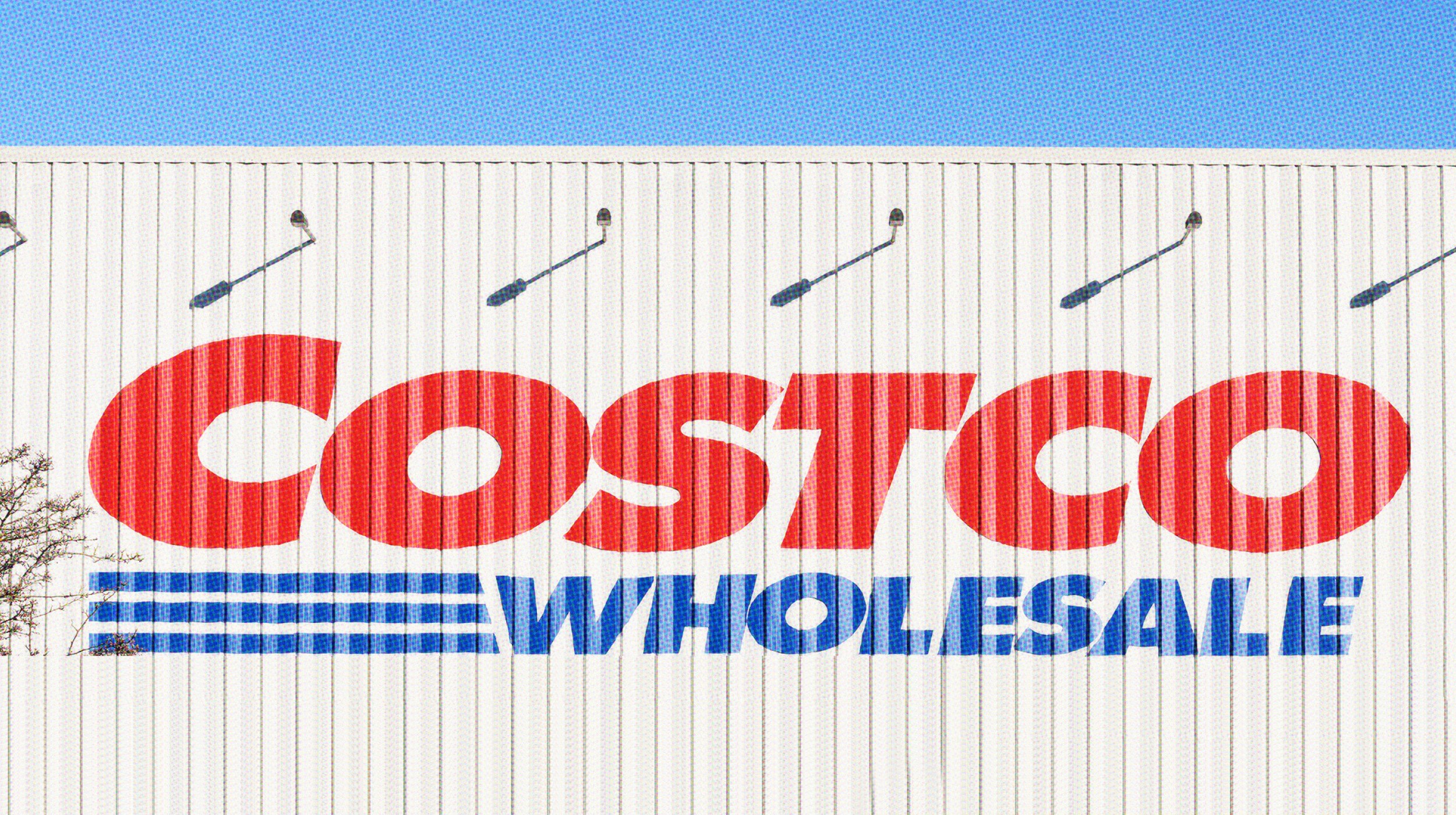Why the timing of your startup exit should never be undervalued

- Startups should always be prepared for an exit.
- Attractive companies — those that can command solid prices when sold — demonstrate strength across several critical dimensions.
- Often the most important variable in determining the likelihood of achieving an exit is the timing of it.
Simply put, you must always be prepared for an exit — it may arise when you least expect it.
Done right — with timing, smarts, and leverage on your side — the performance of your company is going very well, the general market conditions remain strong, and the industry’s attractiveness continues to appear promising. That’s when interested parties proactively contact you or when you’ll want to look for an exit.
Done wrong — with timing, smarts, or leverage even just a hair off — a firm may struggle to secure needed financing and come to the end of its financial runway with no choice but to sell. In such cases, it is often a fire sale or no sale at all.
Attractive companies — those that can command solid prices when sold — demonstrate strength across several critical dimensions. These include financials (revenue, growth, and profits), the team, proprietary IP, unique product/service, a strong customer or user base, and competitive position. An acquiring firm will also be looking at the potential synergies that you bring for their business — a combination of two firms should be a catalyst to driving higher revenues and profits together. Additionally, higher valuation multiples are applied to those businesses operating in what are perceived to be highly attractive, fast-growing markets.
You, as the entrepreneur, have control over many of the variables. However, what you have least control over and what is of huge impact are external factors. A company can boast a set of numbers at one point in time that might suggest a particular value, and then, during a different point in time, the valuation can be significantly different — simply due to external factors.

External factors that might change your value at any given time include a strong competitor entering your market, a competitor that stumbles with its own financings, an unexpected acquirer showing sudden interest, or a rapid shift in investor sentiment for whatever reason against or in favor of your entire sector. There could also be a macroeconomic downturn that forces tough decisions about an exit.
Your exit is the result of not just your company’s performance and unique assets, but the perceived attractiveness of your industry at a particular point in time along with the conditions of potential acquirers or the public markets. In other words, often the most important variable in determining the likelihood of achieving an exit and the valuation upon that exit is the timing of it. Timing is a factor that many entrepreneurs tend to undervalue. But because so many of the conditions for a sale or IPO are outside your control, you must always be prepared.
“The first time we encountered any challenges with raising money was actually the IPO. That was because we launched our IPO road show the day Amazon announced its acquisition of Whole Foods, which was incredibly difficult and one of the most grueling things I ever had to do in my life.”
Matt Salzberg, Blue Apron
It is not uncommon to see an event (such as a challenged company IPO or the entrance of a major new competitor) shake up the perceived attractiveness of an entire sector — with your company caught up in the fallout. Such uncontrollable events may make it difficult or impossible to raise additional financing, and your own investors might turn sour on your company, which in turn may trigger discussions around a sale. You need to be prepared for this real possibility.
When faced with bad luck, what you want to avoid is maintaining the status quo. That is why the more prepared you are the better.
A great illustration of a sudden negative shift is what transpired in the meal kit space. As fast as that market went up in perceived value, it also came crashing down in terms of the market’s perceived attractiveness. Amazon announced that it would acquire Whole Foods in 2017, which ended up having a major impact on the exits of both Plated and Blue Apron.
Amazon made their announcement just before the start of the road show for Blue Apron’s planned IPO, when Blue Apron was going around to large investors to explain the opportunity to buy public shares. This hurt Blue Apron’s IPO prospects: “Maybe this was just naïveté, but I was surprised by how confused a lot of the public market investors became because of that and the uncertainty associated with it, because it was so fresh off the press. They hadn’t digested it, what it meant, whether it even mattered for us. So, I was surprised by how focused people were on something like that.” (Matt Salzberg, Blue Apron)
In addition to the issue of Amazon entering the market, a spotlight was placed on the unit economics of Blue Apron and all other meal kit companies. Analysts began to question the lifetime value economics of the meal kit customers, and increasingly wondered whether the companies could ever get to sustained profitability. Investors began to weigh business model weaknesses from the fact that customers, on average, did not carry on beyond a couple of months. There was growing concern about customer churn.
The uncontrollable event of Amazon buying Whole Foods was like an earthquake. It didn’t stop the Blue Apron IPO, but the valuation of the firm dropped from a planned IPO value of $3.2B to about $1.9B.





